Remember when movies didn’t need post-credit scenes to keep us in our seats? The 1980s was a golden era for cinema that knew how to deliver unforgettable final moments that seared themselves into our collective memory. Whether it was a triumphant fist pump, a tear-jerking farewell, or a twist that made us question everything we’d just watched, these endings defined a generation of filmmaking that wasn’t afraid to take risks.
1. The Breakfast Club (1985)
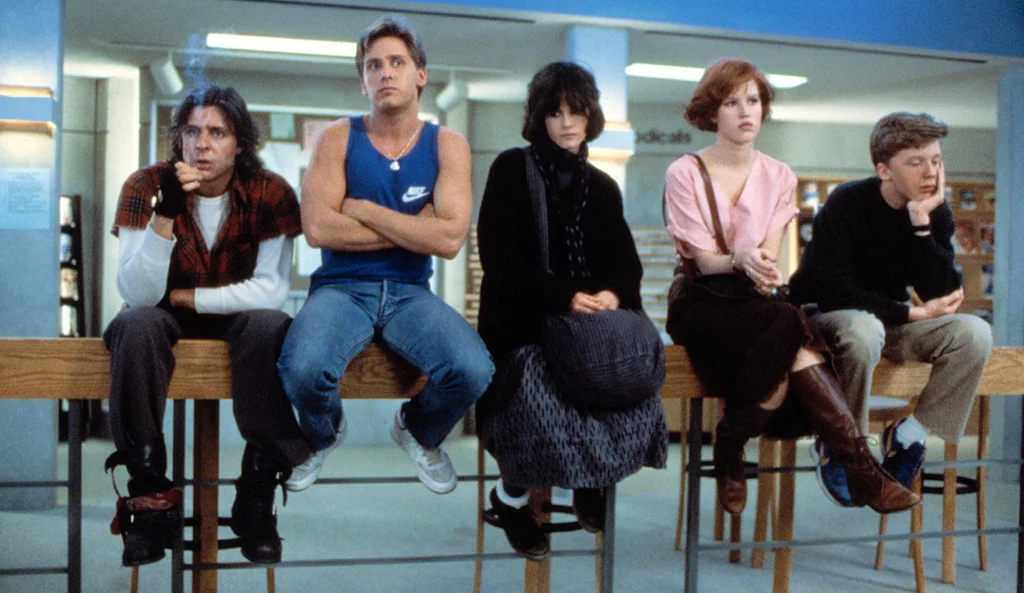
That iconic freeze-frame of Judd Nelson’s fist punching the air as Simple Minds’ “Don’t You (Forget About Me)” blares through the speakers still gives us goosebumps. John Hughes captured the essence of teenage rebellion and self-discovery in that single, powerful gesture. The image became more than just an ending—it became a cultural touchstone that defined a generation’s attitude toward authority and authenticity. In honor of four decades of greatness, according to ABC News, the cast of The Breakfast Club enjoyed an impactful reunion full of nostalgia.
What makes this ending so special is how it follows that heartfelt letter narration that reminds us “each one of us is a brain, an athlete, a basket case, a princess, and a criminal.” The detention that brought five seemingly different teenagers together concluded with the understanding that their differences were largely superficial. This conclusion resonated with viewers who saw themselves in these characters, making us all feel a little less alone in our teenage struggles.
2. E.T. the Extra-Terrestrial (1982)
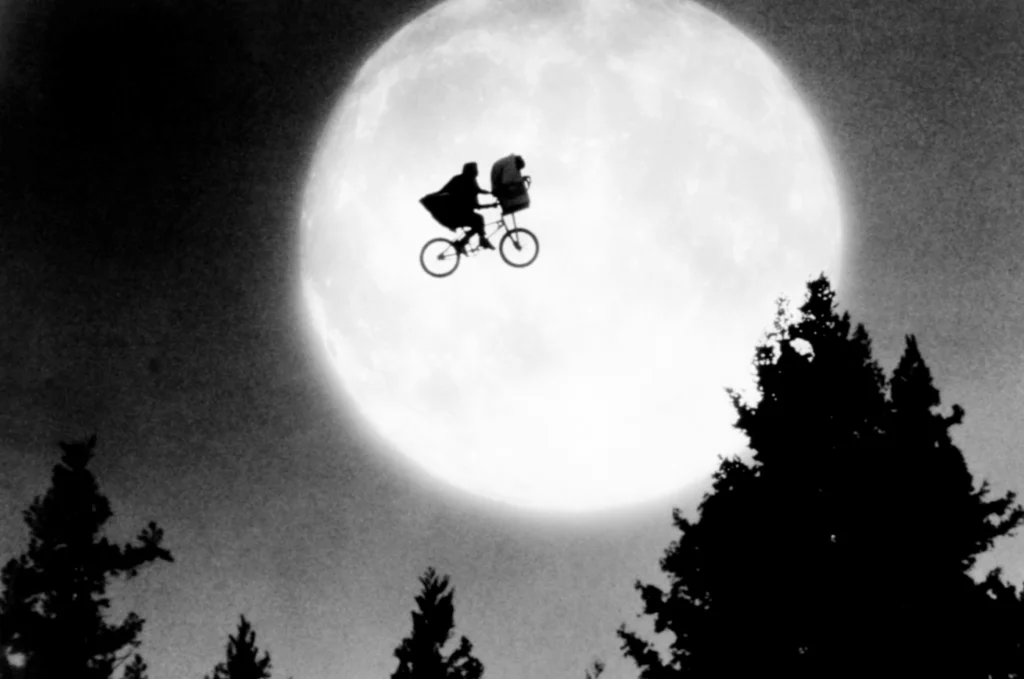
As E.T.’s spaceship ascended into the clouds, leaving behind a heartbroken Elliott, there wasn’t a dry eye in theaters across America. Spielberg’s masterful final scene, with John Williams’ soaring score, perfectly captured the bittersweet pain of saying goodbye to someone you love. The rainbow trail left by the departing ship suggested hope and magic, even in the midst of sadness. Smithsonian Magazine explores the perfect storm of traits that helped this film stay beloved forty years later.
What elevated this farewell was E.T.’s glowing finger touching Elliott’s forehead with the promise, “I’ll be right here”—a moment of connection that transcended species and space. The camera lingered on the children’s upturned faces as they watched their friend disappear into the stars, their expressions mirroring our own mixture of wonder and loss. This ending didn’t just conclude a movie; it created a shared emotional experience that continues to resonate with viewers decades later.
3. The Empire Strikes Back (1980)
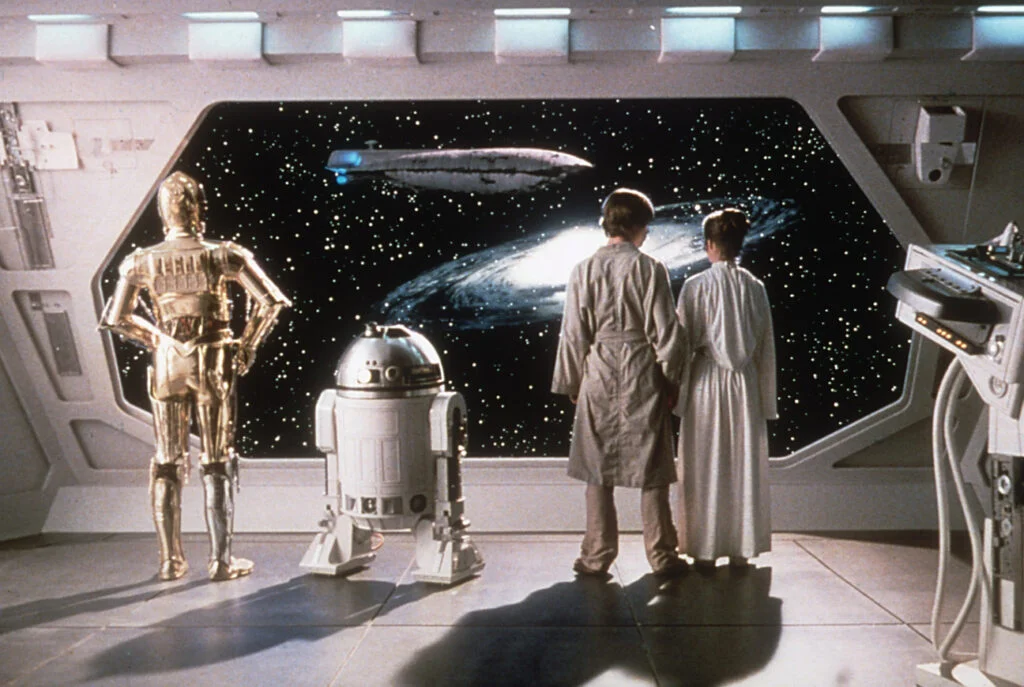
The middle chapter of the original Star Wars trilogy left audiences gasping with one of cinema’s greatest plot twists, followed by an unresolved cliffhanger that seemed almost cruel at the time. Luke Skywalker, defeated and newly one-handed, stared out into space alongside Princess Leia and the droids, the galaxy spread before them like an uncertain future. We had to wait three years to learn if Han Solo would survive his carbon freeze imprisonment—an eternity in the pre-internet age. As shared on SYFY, the creatives and fans alike have plenty of reasons to explain the film’s staying power all these years later.
What makes this ending so powerful is how it dared to leave our heroes utterly defeated, with only the faintest glimmer of hope to sustain them (and us). The Rebellion was scattered, Luke was traumatized by the revelation about his father, and the team’s smoothest operator was in Jabba’s clutches. The final shot of the Millennium Falcon and the Rebel medical frigate drifting among the stars wasn’t just a visual treat—it was a promise that this story was far from over, leaving millions of viewers counting the days until “Return of the Jedi.”
4. Blade Runner (1982)
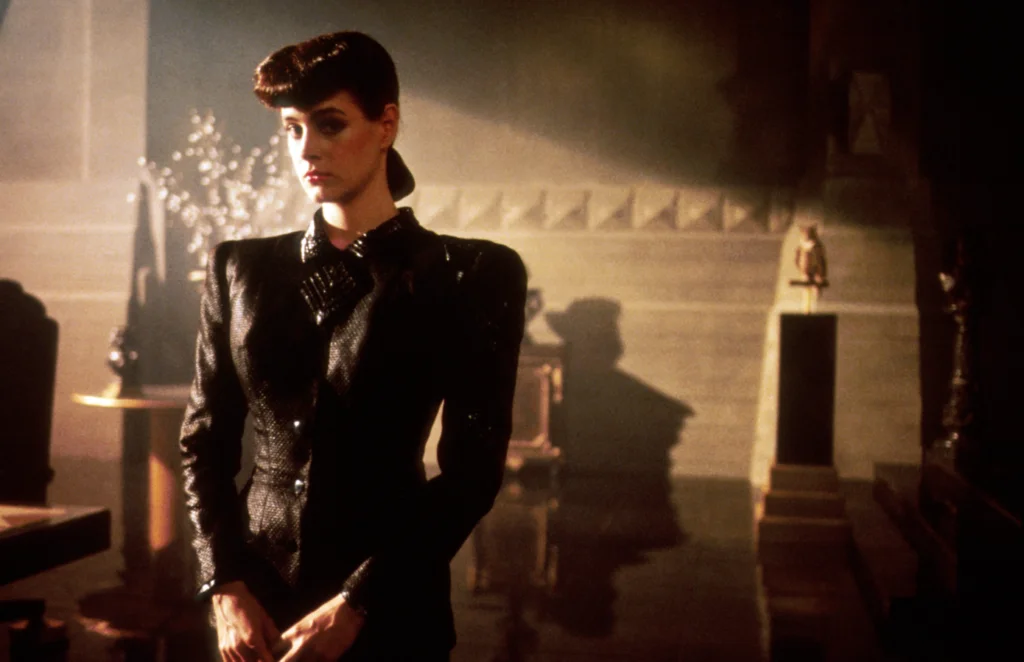
The original theatrical cut left us with Deckard and Rachael driving through pastoral landscapes, suggesting an escape and a happy ending. But it was the later-released Director’s Cut that truly haunted viewers with its ambiguous origami unicorn, suggesting Deckard himself might be a replicant—the very beings he’d been hunting. That single paper figure called into question everything we’d witnessed in the previous two hours.
The quietness of the ending, with Deckard and Rachael entering an elevator to an uncertain future, contrasted sharply with the neon chaos of the film’s dystopian Los Angeles. Vangelis’ melancholy score accompanied this departure, leaving audiences to ponder the nature of humanity and memory as the credits rolled. Few films have managed to use their final moments to so profoundly deepen their central philosophical questions, guaranteeing decades of debate among viewers.
5. The Thing (1982)
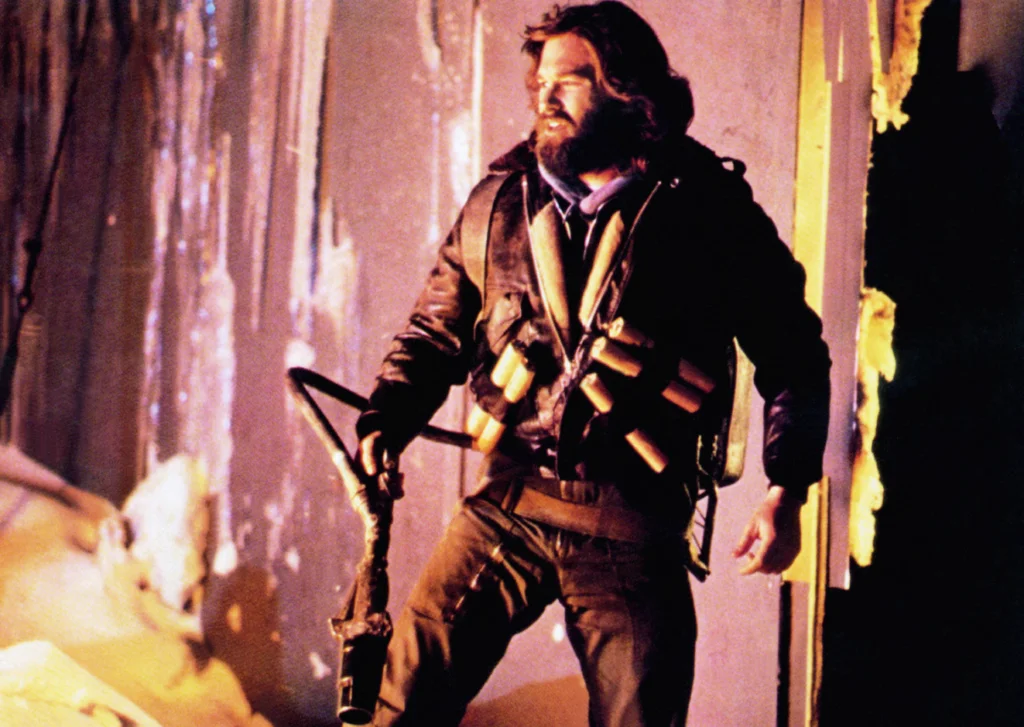
Two men sit in the Antarctic cold, sharing a bottle as their outpost burns around them—neither trusting the other, both waiting to see who freezes first. John Carpenter’s masterpiece of paranoia ended not with resolution but with chilling uncertainty, as MacReady and Childs face mutual destruction rather than risk the alien organism reaching civilization. The final shot of their exhausted, suspicious faces illuminated by firelight perfectly captured the film’s central theme: in a world of perfect mimicry, trust becomes impossible.
Kurt Russell’s measured delivery of the line “Why don’t we just wait here for a little while… see what happens?” ranks among cinema’s most quietly disturbing conclusions. No triumphant hero, no destroyed monster—just two men slowly freezing to death because the alternative might doom humanity. The ambiguity of whether either man is still human continues to fuel fan theories decades later, proving that sometimes the most effective horror lies in what remains unresolved.
6. Back to the Future (1985)
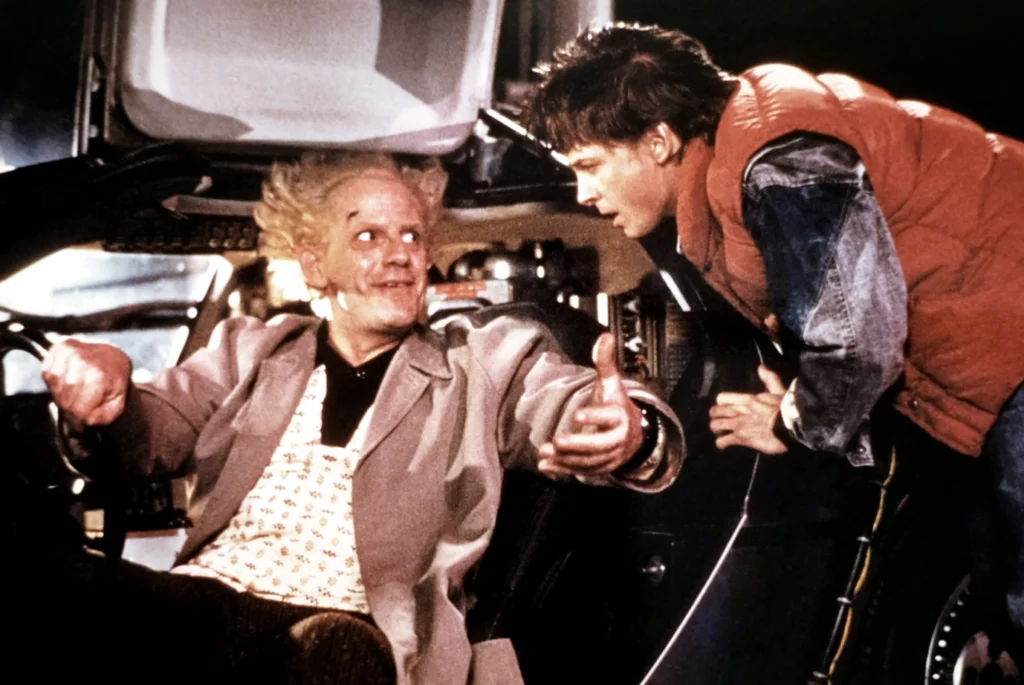
Just when we thought the adventure was over, Doc Brown screeches into the McFlys’ driveway, declaring, “You’ve gotta come back with me, Marty—back to the future!” The DeLorean now upgraded to run on household trash, lifts off vertically before disappearing into the timestream with our heroes. This perfectly executed sequel setup came out of nowhere, leaving audiences buzzing with excitement for adventures that would span centuries.
The last line—”Roads? Where we’re going, we don’t need roads!”—instantly became part of the cultural lexicon, representing the boundless possibilities of imagination. The image of the flying DeLorean banking through the sky embodied the film’s spirit of technological optimism and adventure. Robert Zemeckis gave us not just an ending but a promise that the best was yet to come, ensuring we’d be first in line for the sequel.
7. Stand By Me (1986)
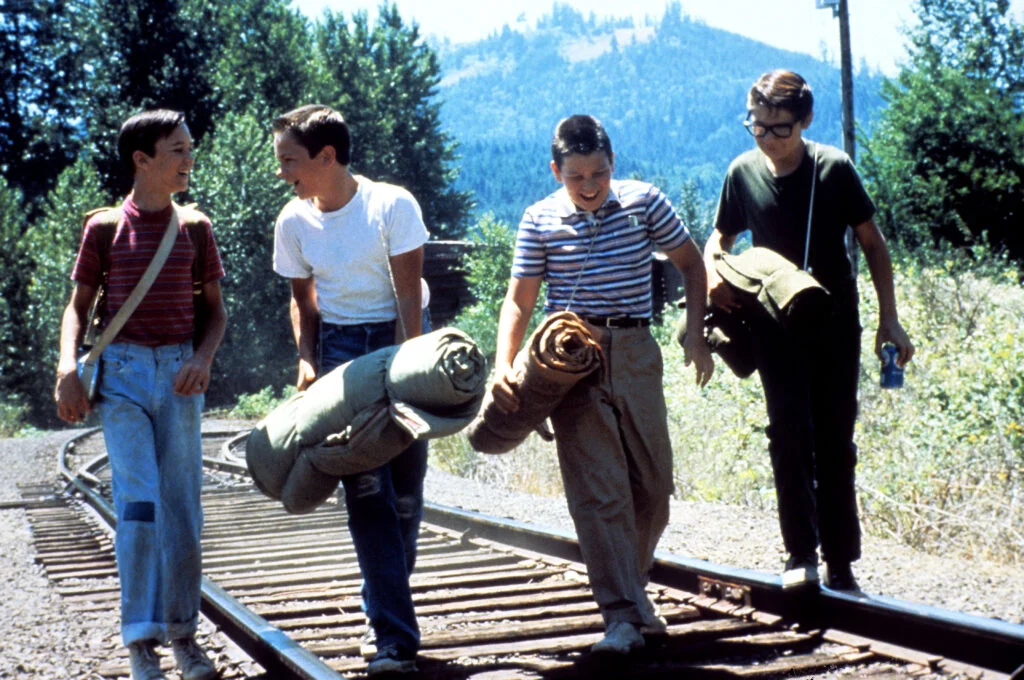
The adult Gordie (Richard Dreyfuss) types the final lines of his memoir: “I never had any friends later on like the ones I had when I was twelve. Jesus, does anyone?” With that bittersweet reflection, he closes his laptop and takes his son swimming, connecting past and present. Rob Reiner’s coming-of-age classic closed not with high drama but with a gentle reminder of how childhood friendships shape us long after they’ve faded.
The film’s final moments acknowledged that growing up inevitably means growing apart, even from those who know us best. The plaintive Ben E. King title song plays as we realize that Gordie has preserved his friends—especially the departed Chris—through his writing, giving them a kind of immortality. This ending captured something universally true about the passage from childhood to adulthood, leaving viewers contemplating their own formative friendships long after the credits rolled.
8. Die Hard (1988)
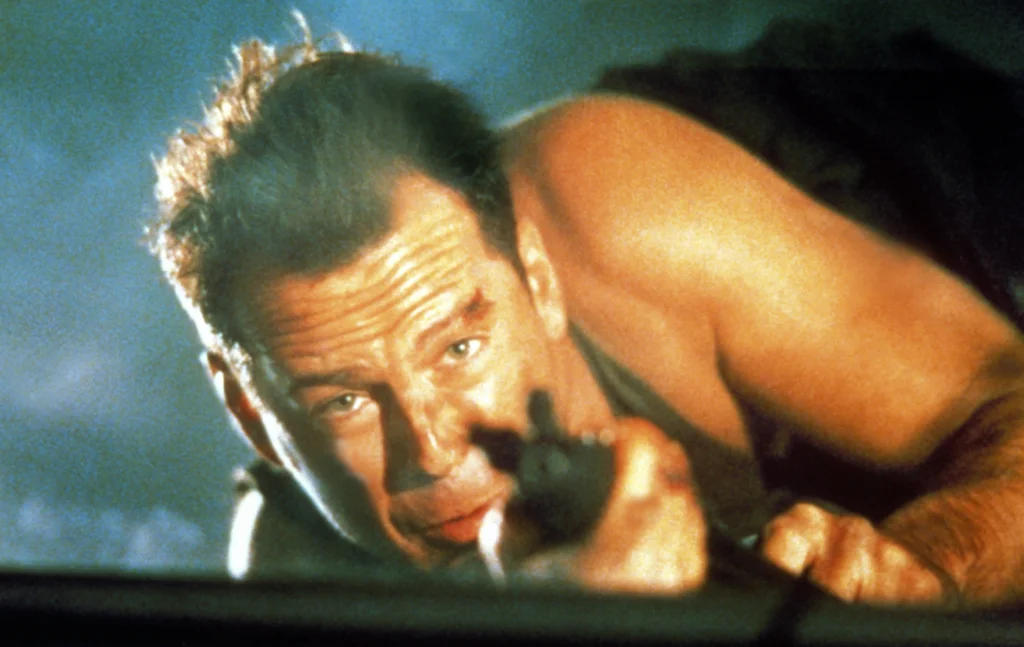
After defeating terrorists, falling buildings, and clueless FBI agents, John McClane finally reunites with his estranged wife—only to face one last threat from seemingly dead villain Karl. The timely intervention of beat cop Al Powell, overcoming his own demons to fire his weapon again, gave us the buddy-film payoff we didn’t know we needed. As Vaughn Monroe’s rendition of “Let It Snow” plays and the couple drives away, we witness the perfect balance of resolution and irony.
What elevates this ending is how it brings together all the film’s storylines—the marriage, Powell’s trauma, Holly reclaiming her maiden name—while maintaining the light touch that made the action masterpiece so entertaining. The limo driver Argyle, trapped in the parking garage for the entire film, finally gets his moment as he cheerfully shuttles the reunited couple away from Nakatomi Plaza. This carefully constructed denouement showed that even pulse-pounding action films could stick their landings with heart and humor.
9. Field of Dreams (1989)
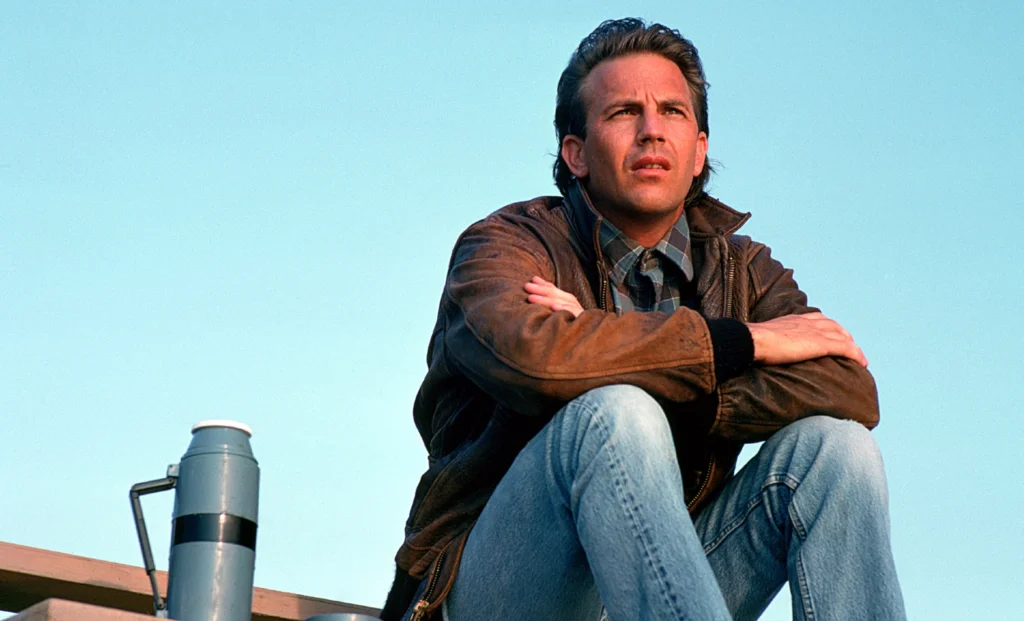
“Hey, Dad… wanna have a catch?” With those simple words, Ray Kinsella fulfilled the mysterious voice’s true purpose, reconnecting with his long-deceased father through their shared love of baseball. The image of father and son playing catch at dusk, silhouetted against an Iowa sky with James Horner’s score swelling, reduced even the most stoic viewers to tears. The fantastical journey through baseball history culminated in this deeply personal moment of healing.
What made this ending extraordinary was the line of car headlights stretching to the horizon, suggesting that Ray’s baseball field would indeed draw visitors as promised. The film balanced its intimate emotional resolution with a visual confirmation that Ray wouldn’t lose his farm after all. This final shot promised that magic remains possible in an ordinary world—we just need faith and the courage to follow our inexplicable inspirations.
10. Rain Man (1988)

The train station goodbye between Charlie and Raymond embodied the film’s emotional journey, with Charlie realizing that his growth matters more than custody of his brother. Their foreheads touch as Charlie promises, “I’ll see you in two weeks,” acknowledging both their newfound connection and Raymond’s need for specialized care. This moment transformed what began as a inheritance quest into a story about brotherly love and personal transformation.
What makes the scene so powerful is how Raymond, despite his autism, shows he’s connected with Charlie by repeating “K-Mart Sucks” as the train pulls away. Tom Cruise’s expression as he watches the train depart captured the bittersweet victory of putting someone else’s needs above your own. Barry Levinson’s decision to end not with dramatic resolution but with the beginning of a new, more complicated relationship demonstrated rare storytelling restraint that respected both characters’ journeys.
11. The Terminator (1984)
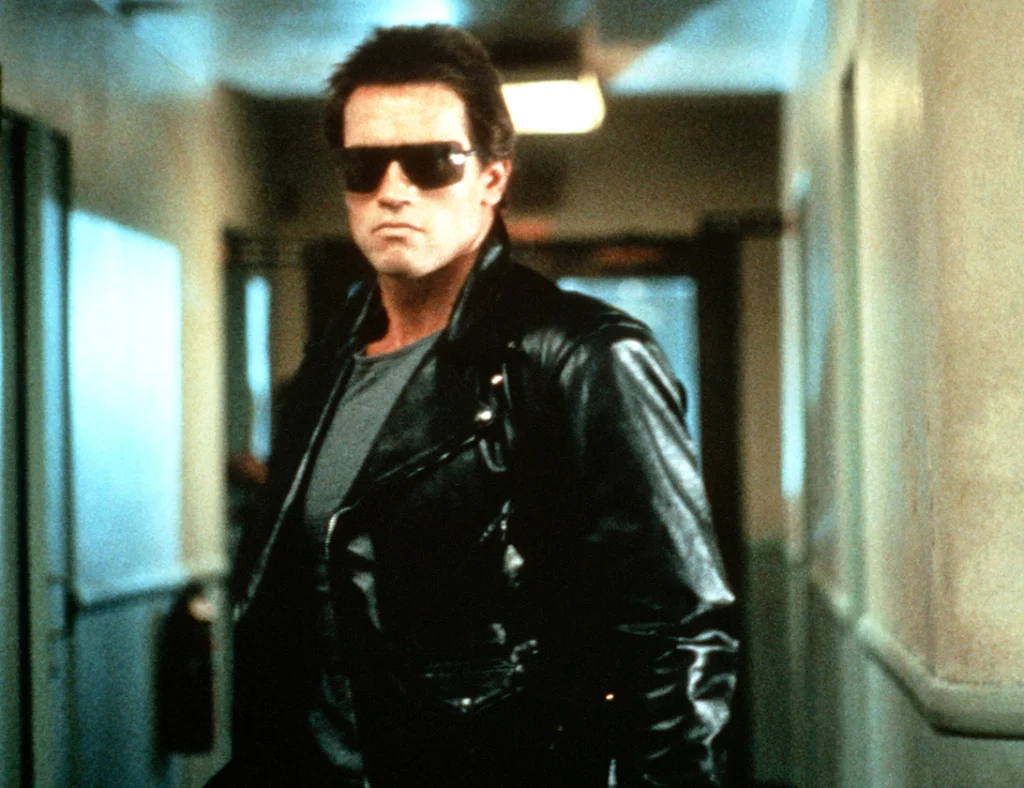
A pregnant Sarah Connor drives into the desert as a storm gathers on the horizon, preparing for the war she now knows is coming. When a young boy snaps her photo—the very image that John Connor will later give to Kyle Reese—the time loop closes perfectly. James Cameron’s masterful final scene transformed Sarah from hunted victim to future warrior, her face showing both determination and newfound strength.
The gas station attendant’s ominous warning—”There’s a storm coming”—receives Sarah’s resolute reply: “I know,” encapsulating her complete transformation. The final tracking shot of her car heading toward distant mountains and gathering clouds simultaneously concluded her origin story and set up the coming apocalypse. Few film endings have so effectively balanced character development with mythic foreshadowing, ensuring audiences would leave theaters both satisfied and eager for more.
12. Ghostbusters (1984)
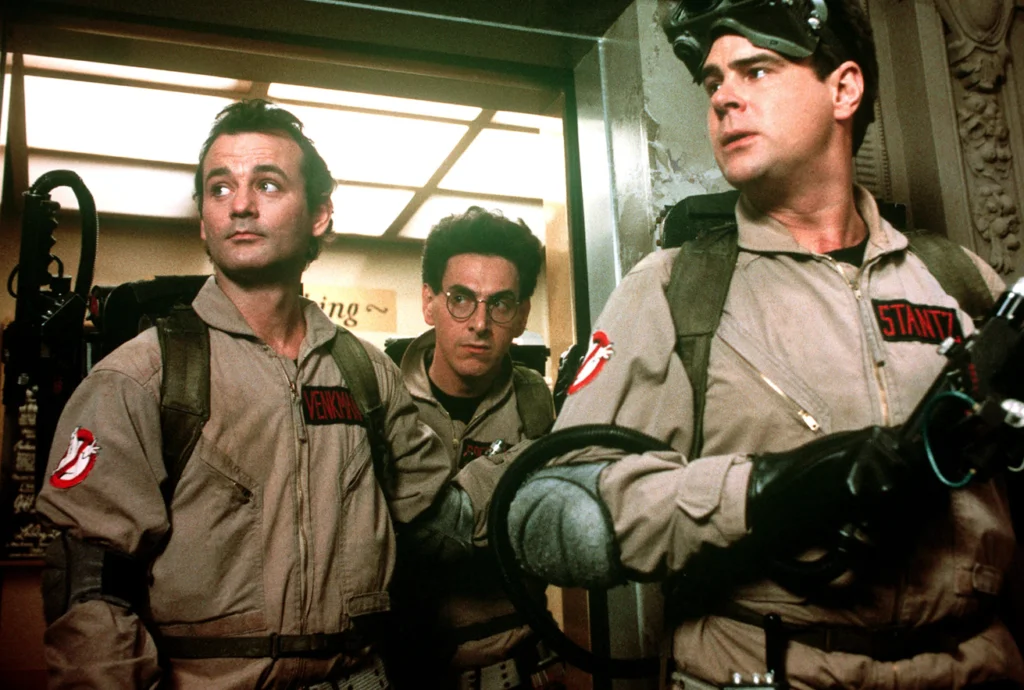
After defeating Gozer and surviving being covered in melted marshmallow, our heroes walk away from a cheering crowd while the iconic theme song plays triumphantly. The camera pulls back to show the scale of the destruction they’ve both caused and prevented, New York City once again safe from paranormal disaster. The sight of these unlikely heroes—three scientists and a municipal employee—being celebrated by the city they saved perfectly captured the film’s blend of the ordinary and supernatural.
What makes this ending work so brilliantly is how it maintains the film’s comedic tone even in victory, with the heroes disheveled and covered in marshmallow residue rather than striking heroic poses. Bill Murray’s deadpan delivery of “Let’s go get something to eat” after saving the world epitomized the film’s casual approach to the extraordinary. This unassuming finale reinforced what made Ghostbusters special—everyday guys handling cosmic threats with the same attitude they’d bring to a plumbing problem.
13. Planes, Trains and Automobiles (1987)
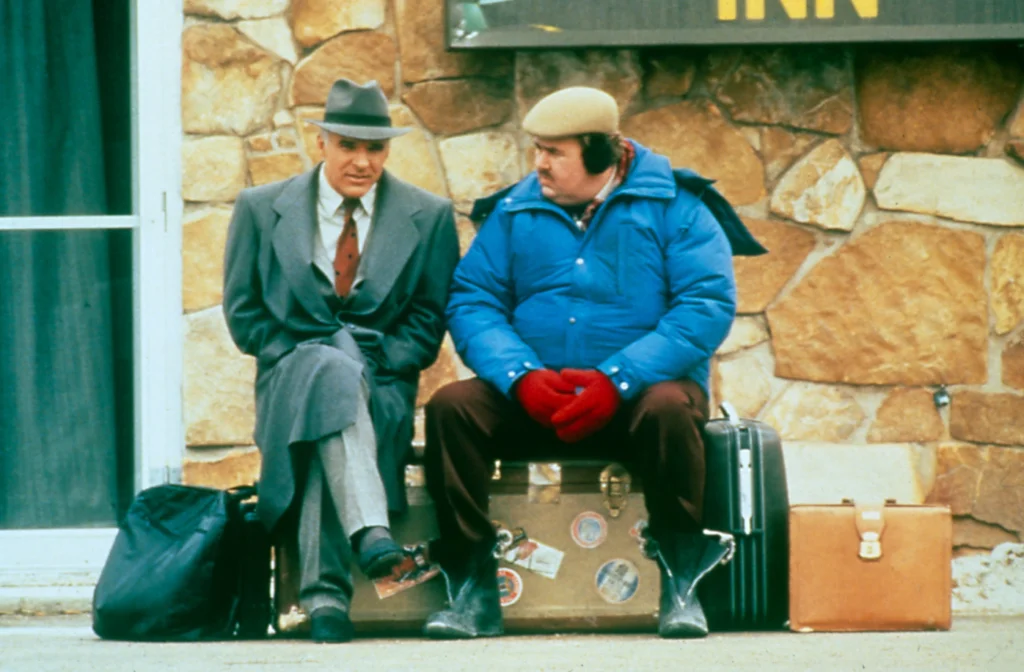
The revelation that John Candy’s Del Griffith has been homeless since his wife’s death transforms what had been a comedy into something unexpectedly moving. Steve Martin’s Neal inviting Del to spend the holidays with his family gave the film a heartwarming conclusion that honored the bond formed through their chaotic journey. Director John Hughes showed that beneath the laughs was a story about looking beyond first impressions to see someone’s true worth.
The final shot of Del’s face, showing gratitude and belonging as he joins Neal’s family for Thanksgiving dinner, gave emotional depth to a character who could have been just comic relief. Blue Oyster Cult’s “Burnin’ for You” plays as Del carries his trunk up the stairs, finally having somewhere to go besides hotel rooms and train stations. This poignant ending reminds us that holiday films work best when they acknowledge that the season can be both joyful and difficult for many people.
14. The Princess Bride (1987)
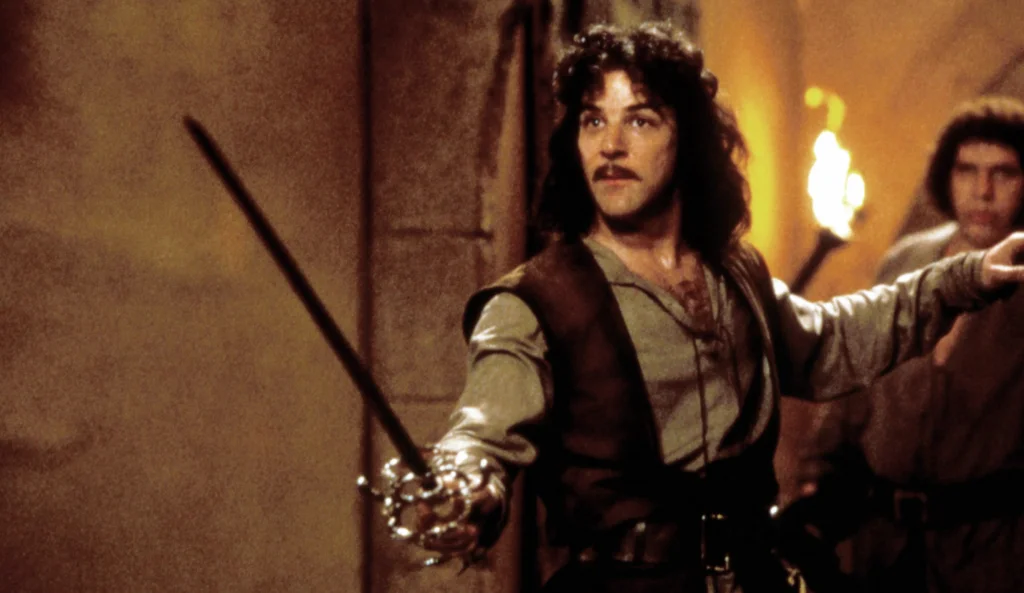
Grandpa’s final words to his grandson—”As you wish”—echo the film’s central love theme while creating a meta-moment connecting the fairy tale to reality. The camera pulls back through the window as the boy asks for another story tomorrow, suggesting that the magic of storytelling will continue beyond this single tale. Rob Reiner’s perfect final note confirmed that the film was as much about the bond between grandfather and grandson as it was about Westley and Buttercup.
What elevates this ending is how it acknowledges both the fantasy—with our heroes riding white horses into the sunset after sharing “the most passionate kiss in the history of kisses”—and reality, returning to the boy’s bedroom. Peter Falk removing his reading glasses and saying goodbye embodied the film’s warm-hearted charm and multi-generational appeal. This dual ending satisfied our desire for fairy tale completion while reminding us that stories gain their power through the connections they create between teller and listener.
The 80s may have given us big hair and shoulder pads we’d rather forget, but these film endings continue to resonate decades later, proving that how you finish a story matters just as much as how you begin it. These fourteen conclusions didn’t just end their respective movies—they became cultural touchstones that defined what it meant to grow up in that neon-colored decade. Next time you find yourself getting misty-eyed at a familiar final scene, remember: it’s not just nostalgia—it’s the enduring power of storytelling done right.


